Imagine this: you’ve just landed in a city perched high in the clouds, with views of snow-capped peaks, lush valleys, and distant horizons stretching as far as the eye can see. But along with the thrill of being in such a majestic place comes a little challenge — the air is thinner, the sun is stronger, and your body needs time to adjust. Traveling to high-altitude cities is unlike any other experience. Whether you’re planning to visit the vibrant streets of La Paz or the ancient temples of Lhasa, it’s important to be ready for both the awe-inspiring beauty and the physical demands that come with it. So, let’s dive into the essentials of what you need to know to thrive at high altitudes.
In this guide, we’ll walk through Traveling to high-altitude cities to places above 2,500 meters (8,200 feet), whether you’re hiking to Machu Picchu or strolling around the buzzing squares of Quito. From understanding altitude sickness to what to pack and how to adjust, we’ve got your back. Ready to breathe in that mountain air? Let’s go!
What Defines a High-Altitude City?
A high-altitude city is generally defined as one located at 2,500 meters (8,200 feet) or more above sea level. Why does that matter? At this altitude, the air has less oxygen, which can affect everything from how you sleep to how well you can walk up a flight of stairs. Your body needs to adjust to these changes in order to stay healthy and enjoy your time. The good news is that with a little planning, you can adapt to the altitude and still experience all the incredible things these cities have to offer.
- Moderate altitude: 1,500 to 2,500 meters (4,921 to 8,200 feet) — You’ll start to feel a difference, but it’s usually manageable for most people.
- High altitude: 2,500 to 3,500 meters (8,200 to 11,500 feet) — Your body needs more time to acclimate, and some mild symptoms of altitude sickness might occur.
- Very high altitude: 3,500 to 5,500 meters (11,500 to 18,000 feet) — Symptoms of altitude sickness are more common, and it’s crucial to pace yourself and stay hydrated.
Famous High-Altitude Cities Around the World
High-altitude cities are often located in some of the world’s most breathtaking settings. Whether you’re traveling to the Andes or the Himalayas, the beauty of these destinations is second to none. Here are some famous high-altitude cities that you’ll want to consider for your next adventure:
- La Paz, Bolivia: Perched at 3,640 meters (11,942 feet), La Paz is the highest capital city in the world. Surrounded by mountains, its breathtaking views make it a must-see. If you’ve ever dreamed of standing at the top of the world, this is the place.
- Quito, Ecuador: Sitting at 2,850 meters (9,350 feet), Quito offers a unique blend of modern and colonial architecture, with incredible views of the surrounding volcanoes.
- Cusco, Peru: At 3,399 meters (11,152 feet), Cusco is the gateway to Machu Picchu and a fascinating city filled with Inca ruins, charming plazas, and vibrant markets.
- Lhasa, Tibet: The spiritual capital of Tibet sits at 3,656 meters (11,990 feet) and offers a deep cultural experience. You’ll find monasteries, prayer flags, and the famous Potala Palace.
- Leadville, Colorado, USA: This old mining town sits at 3,094 meters (10,152 feet) and is one of the highest cities in North America. It’s known for its stunning mountain landscapes and excellent hiking trails.
- Shimla, India: At 2,276 meters (7,467 feet), Shimla is a popular hill station in the Indian Himalayas. It’s a great place to relax and take in the cool mountain air.
Each of these cities offers something unique, from cultural landmarks to adventure-filled activities. But one thing is common in all: You’ll need to adjust to the altitude. Let’s talk about how to manage altitude sickness and stay comfortable during your travels.
Altitude Sickness: What You Need to Know
Altitude sickness is no joke. When you travel to high altitudes, the oxygen in the air is thinner, and your body needs time to adjust. Symptoms can hit within the first 24–48 hours, and they might include:
- Headache
- Nausea or vomiting
- Dizziness or lightheadedness
- Fatigue or weakness
- Shortness of breath
- Loss of appetite
- Difficulty sleeping
If you feel any of these symptoms, it’s important to listen to your body. If symptoms persist or get worse, it’s a good idea to descend to a lower altitude. In severe cases, altitude sickness can develop into high-altitude pulmonary edema (HAPE) or cerebral edema (HACE), both of which are life-threatening conditions. It’s always better to be cautious and take your symptoms seriously.

How to Prepare Before Traveling to High-Altitude Cities
The key to making the most of your time in a high-altitude city is preparation. Here’s how you can get ready before you even board the plane:
- Talk to your doctor: If you have any pre-existing health conditions (especially related to heart, lung, or blood pressure), check in with your doctor before you go.
- Train beforehand: Cardio exercises like hiking, stair climbing, or running can help build your stamina and prepare your body for the increased physical demand of higher altitudes.
- Consider altitude meds: If you’re prone to altitude sickness, ask your doctor about medications like acetazolamide (Diamox) that can help ease the acclimatization process.
- Arrive slowly: If possible, try to ascend gradually. If you’re flying into a city above 3,000 meters (9,800 feet), consider spending a night or two at a lower elevation to give your body time to adjust.
- Plan rest days: Don’t rush straight into strenuous activities. Give yourself time to acclimate and build up your stamina.
What to Pack for High-Altitude Destinations
Packing for a high-altitude trip means preparing for all kinds of weather. Here’s a list of essentials you shouldn’t leave home without:
- Layered clothing: The temperature can fluctuate dramatically between day and night, so layering is key.
- Sunscreen & lip balm: The sun is stronger at high altitudes, so make sure to protect your skin.
- Reusable water bottle: Staying hydrated is essential at high altitudes, so always carry water with you.
- Electrolyte tablets: These will help you maintain energy and hydration levels.
- Snacks: Pack lightweight, easy-to-eat snacks like granola bars or trail mix.
- Headlamp or flashlight: Many high-altitude cities experience power outages, so a headlamp can be useful.
How to Acclimate Safely
Once you arrive, your body will need time to adjust. Here’s how to do it safely:
- Hydrate constantly: Drink at least 3–4 liters of water a day to keep yourself hydrated.
- Eat light and often: Stick to easy-to-digest carbs like rice, potatoes, and pasta.
- Limit alcohol and caffeine: Both can contribute to dehydration.
- Take it slow: Avoid heavy exertion and give yourself plenty of time to adjust.
- Rest frequently: Listen to your body and take breaks when needed.
Local Tips for Altitude Wellness
- Coca tea (South America): A popular remedy for altitude sickness in places like Peru and Bolivia.
- Oxygen canisters: Some high-altitude cities, like Lhasa and La Paz, offer oxygen canisters for quick relief.
- High-altitude cuisine: Light, energy-boosting meals with quinoa, potatoes, and soups are common in high-altitude regions.
- Stay warm at night: Even in sunny climates, nights can get cold, so bundle up!
Best Activities in High-Altitude Cities
Once you’re adjusted, traveling to high-altitude cities offer some incredible experiences:
- Stroll through the cobblestone streets of Cusco, Peru, and explore Incan ruins
- Take a scenic cable car ride across La Paz, Bolivia, with views of the Andes
- Visit the iconic Potala Palace in Lhasa, Tibet
- Check out Quito’s beautiful historic center with its charming colonial architecture
- Ride the scenic train from Denver into the Rocky Mountains
Have you visited any high-altitude cities? What was your experience with altitude sickness, and what tips do you have for staying comfortable? Share your stories with us in the comments below!
Also, be sure to follow us on social media for more altitude-friendly tips, travel inspiration, and guides to high-altitude destinations.
Catch up on the top stories and travel deals by subscribing to our newsletter!

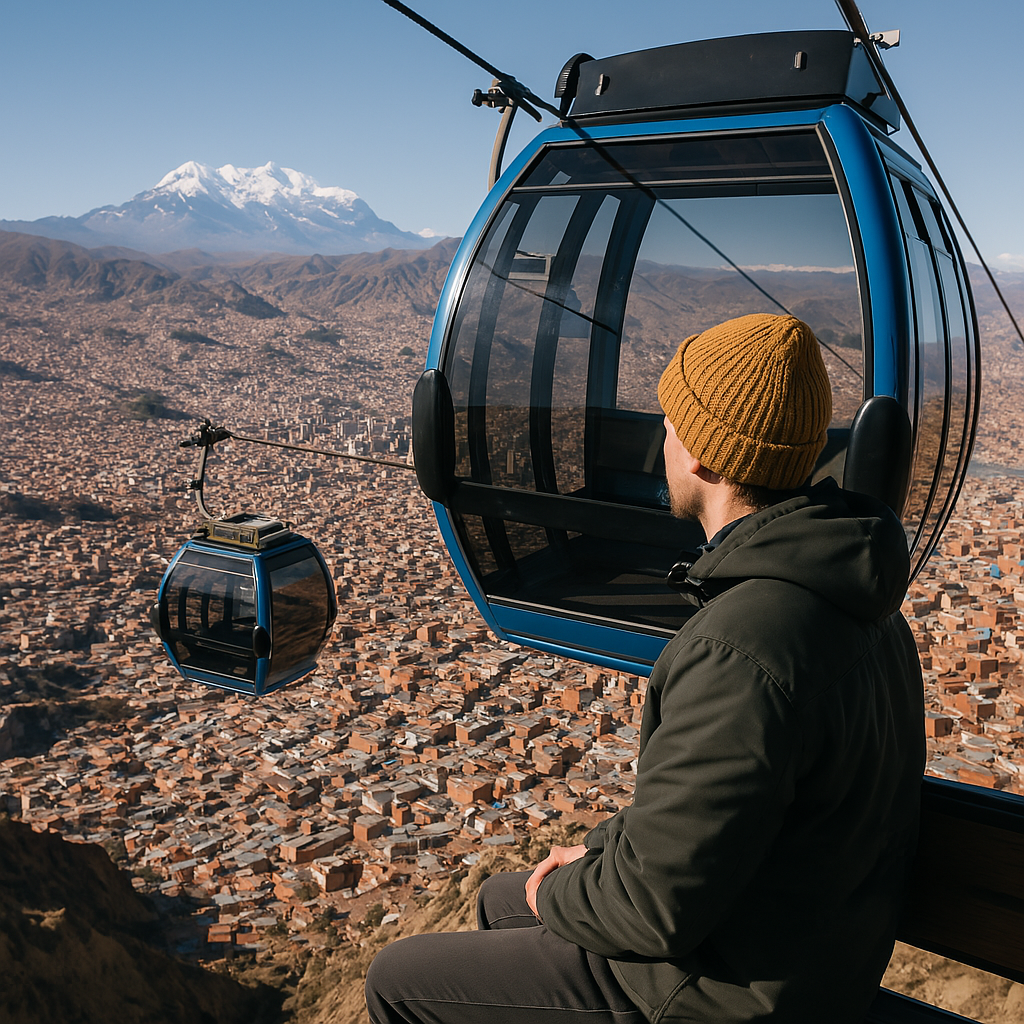


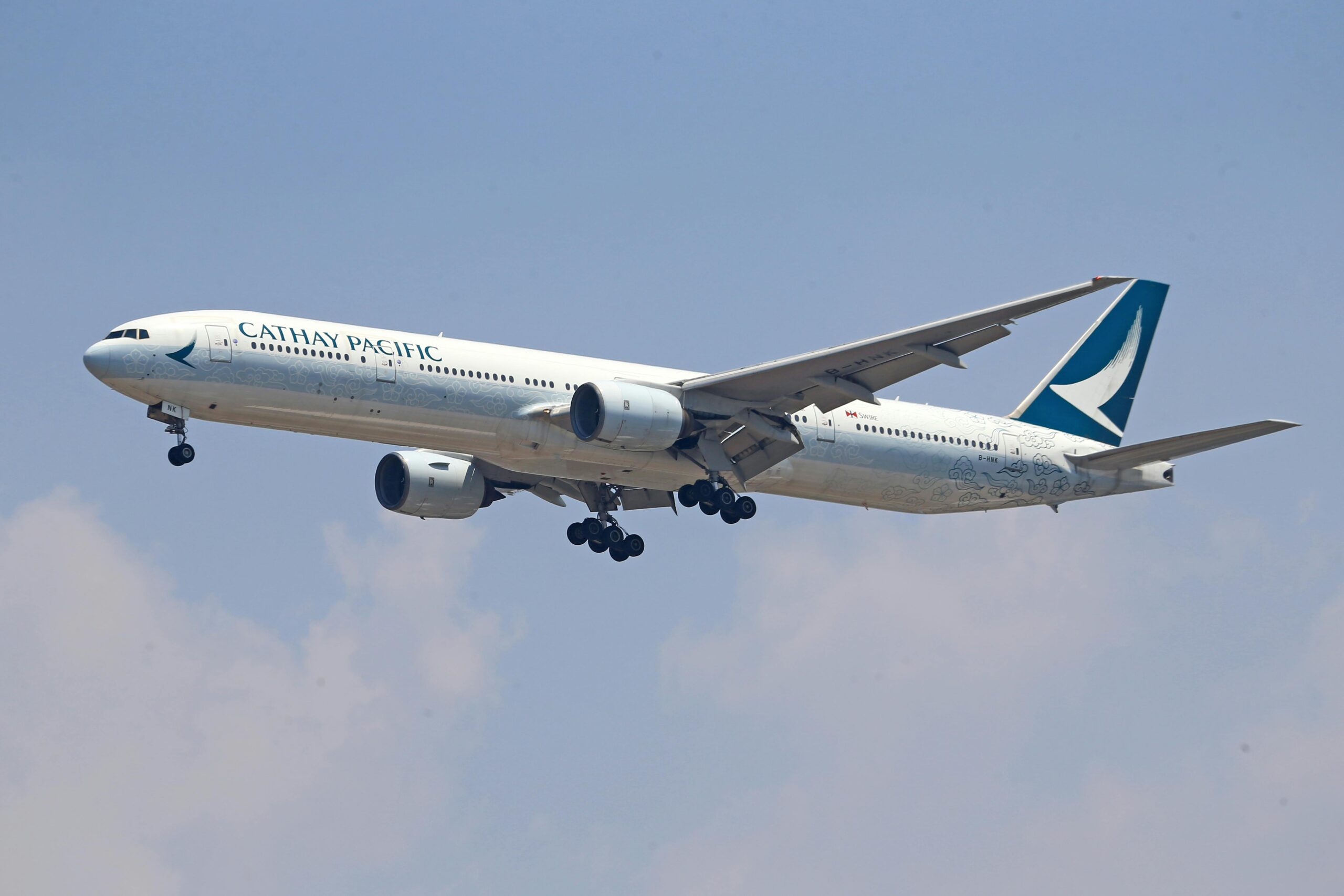


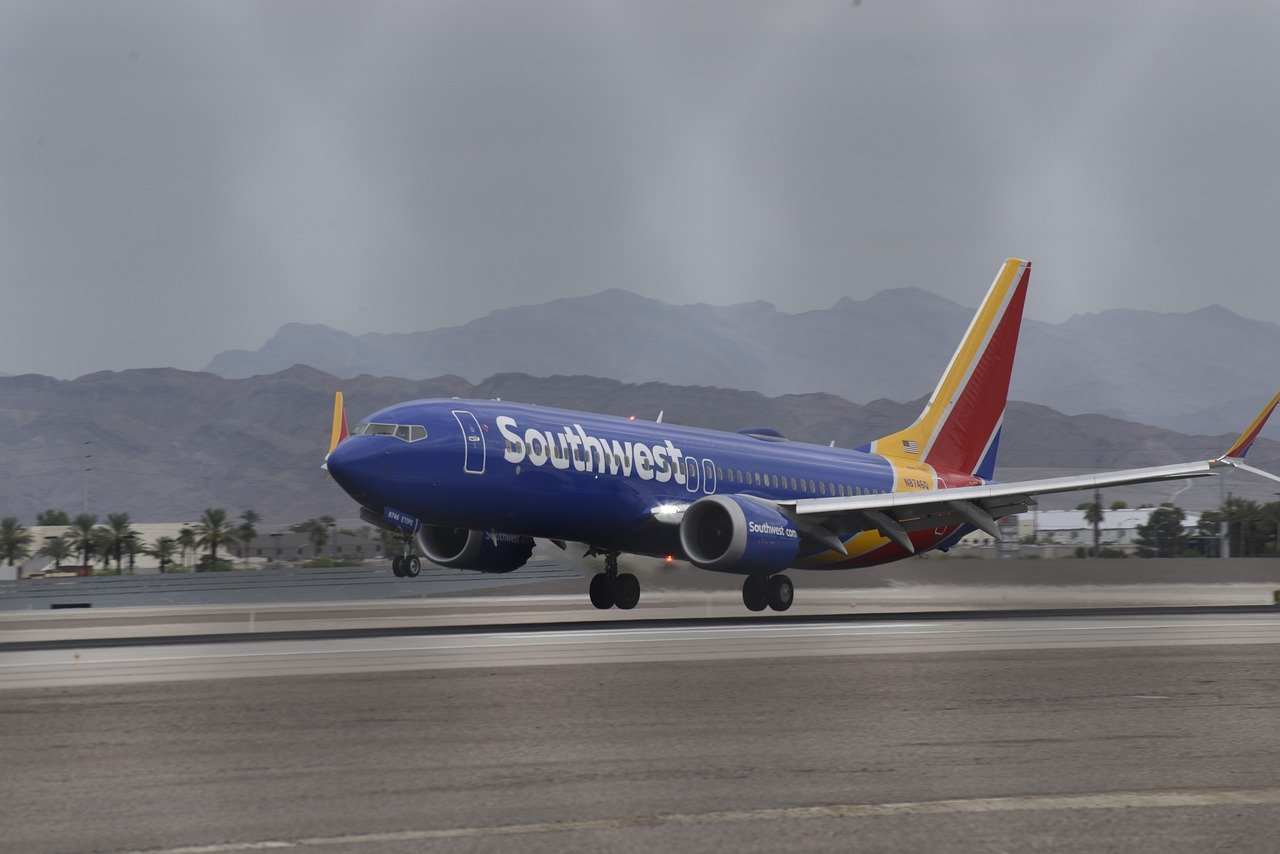

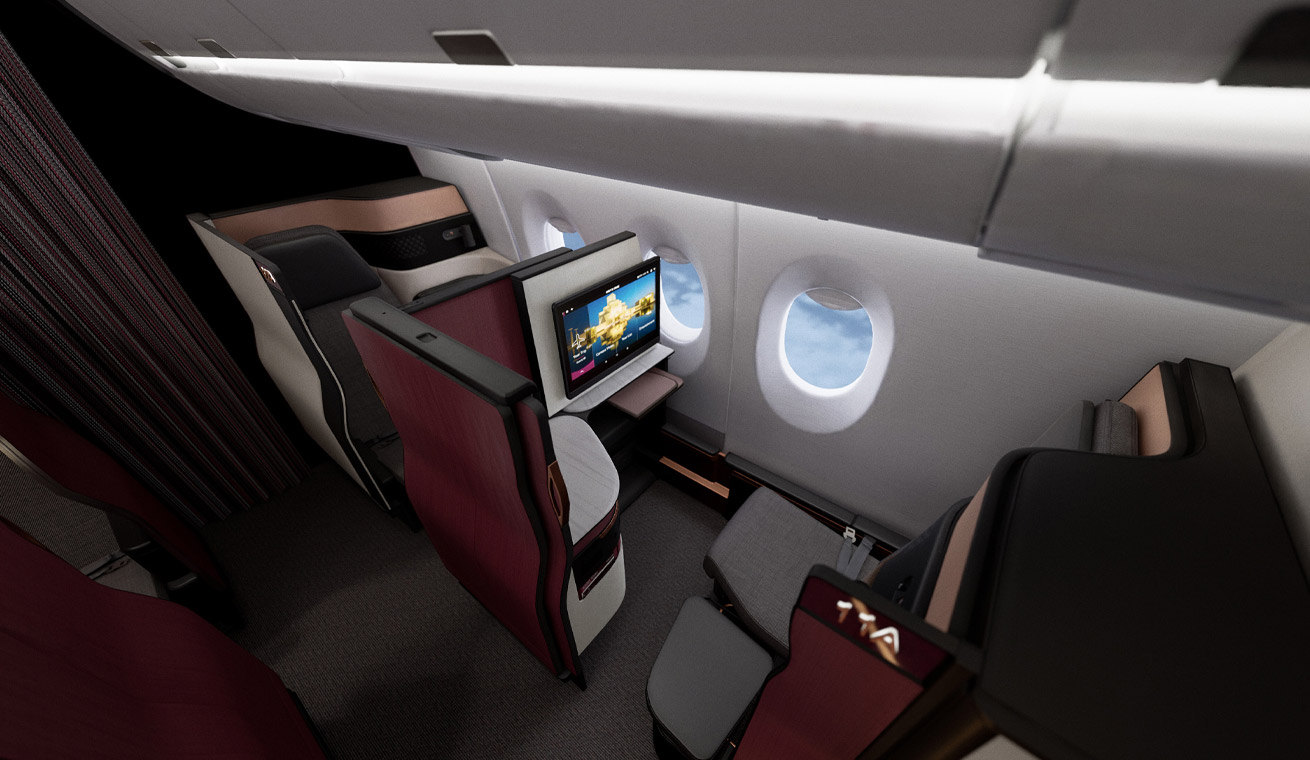

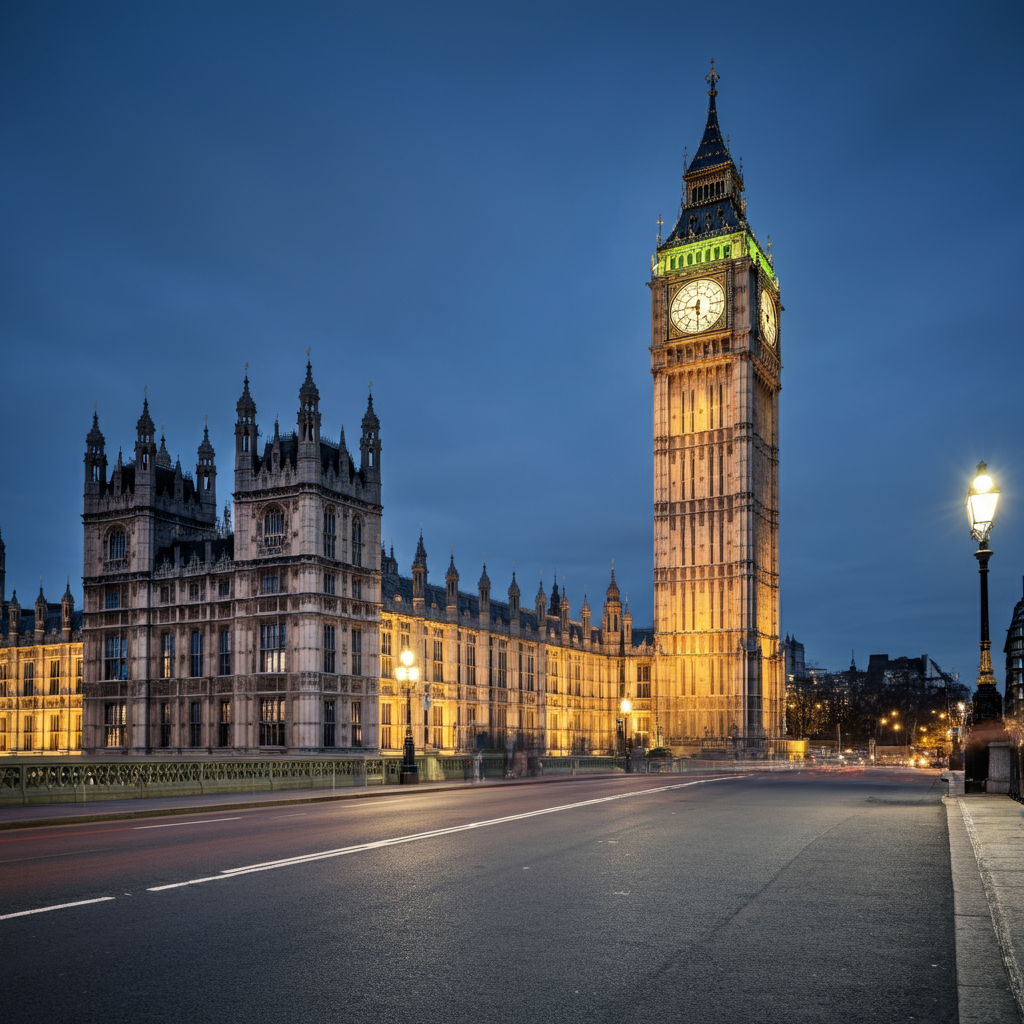
Leave a Reply